
OR
Ban on Malaysia, lower labor demand send remittances down by Rs 7 billion
Published On: December 19, 2019 07:06 AM NPT By: Republica | @RepublicaNepal
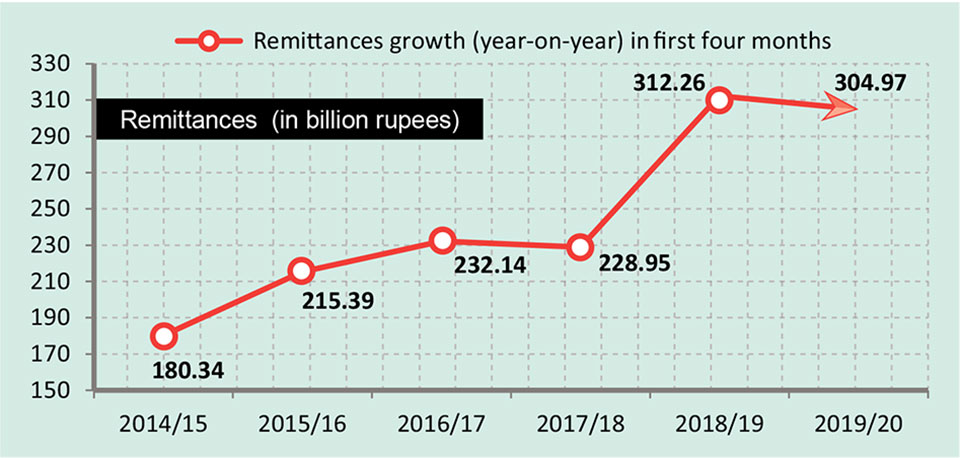
KATHMANDU, Dec 19: Remittance inflow to the country fell 2.3 percent in the first four months of the current fiscal year 2019/20 compared to the corresponding period of the last fiscal year 2018/19.
Releasing the ‘Current Macreconomic and Financial Situation of Nepal’ on Wednesday, the Nepal Rastra Bank (NRB) said that Nepal received a total of Rs 304.97 billion in remittances in the first four months of the current fiscal year 2019/20, down by Rs 7.29 billion from the same period in the last fiscal year 2018/19.
The remittance inflow has declined even during this year’s major festivals like Dashain, Tihar and Chhath when Nepalis working overseas send more money to their families.
Economists say that the negative growth of worker’s remittances is a cause for concerns for the country, which is highly reliant on remittances.
NRB officials say that the decline in remittances in the review period is a result of a higher base figure and a fall in the number of outbound workers last year.
“If you see the data, there was a huge growth in remittances during this period in the last fiscal year. That was because more and more remittances came through the formal channel after the government cracked down on Hundi and gold smuggling as well as brought reforms to the customs sector,” said Gunakar Bhatta, an executive director at the NRB.
“Similarly, the banks offered higher interest on deposits and the exchange rate was also high. These factors encouraged workers to send more money back home. As there was a huge growth in remittances last year, the decline this year could be due to the base effect,” added Bhatta, who also heads the Research Department of the NRB.
According to the NRB data, there was a remittance growth of 36.4 percent in the four months of the last fiscal year 2018/19 compared to the same period in the year earlier, 2017/18.
Another factor, he attributed to the decline in remittances is the lower global growth. “The International Monetary Fund has forecast the global growth for 2019 at 3 percent, its lowest level since 2008/09. Growth in many labor-receiving countries has also remained low. This could be a factor which has either reduced the demand for workers or wages for workers,” he said.
Executives of money transfer companies say that the drop in the remittances is mainly an effect of the government ban on workers to visit Malaysia for employment for over a year. Malaysia is a major destination for Nepali workers.
“Malaysia was recently reopened after a ban for over a year. Saudi Arabian companies are cutting the demand and quota for foreign workers either due to their government policy to prioritize locals or due to slow growth. Blockade imposed in Qatar by its neighbors has also reduced the demand for workers,” explained Chandra Tandon, vice president of Nepal Remitters Association (NRA). “When there are fewer workers abroad, the remittance inflow will obviously plummet,” he said.
He is less optimistic about the remittances growth in the current fiscal year.
“The government has reopened Malaysia recently. Lately, there has been a rise in the number of workers going abroad for employment. But, it will take some more months for them to start sending money and push the remittance growth,” he added.
You May Like This

DoRI investigation reveals garment merchant Agarwal as official agent of illegal transactions in gold smuggling cases
KATHMANDU, Feb 10: The investigation of the Department of Revenue Investigation (DoRI) have revealed that Naresh Agarwal, a garment merchant... Read More...
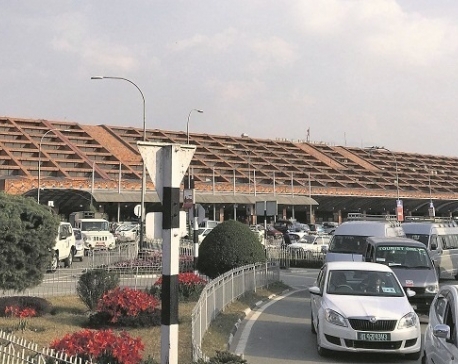
48 Nepali workers to leave for South Korea today
KATHMANDU, Oct 27: Nepali workers are finally going to South Korea, after a hiatus of 20 months. As many as... Read More...
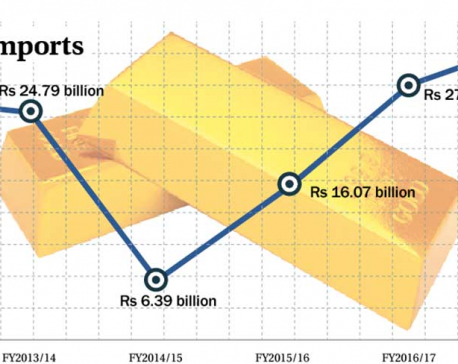
Government waits before raising gold import quota
KATHMANDU, Sept 15: The Ministry of Industry, Commerce and Supplies (MoICS) has been delaying to increase the quota of gold import,... Read More...
_20240423174443.jpg)

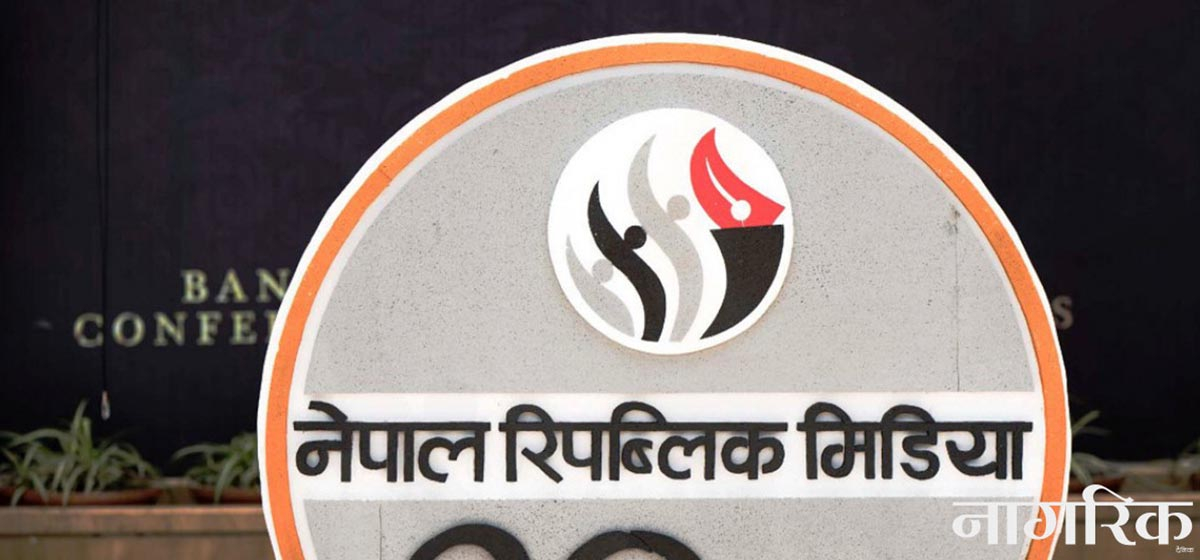

Just In
- Nagarik Nayak (Live)
- Qatar Emir in Kathmandu, President and Prime Minister welcome Emir at TIA (In Photos)
- NRM Director Gyawali inaugurates Nagarik Nayak 2081
- Govt amends nine laws through ordinance to attract investors
- NRM to announce two citizen heroes today
- Federal capital Kathmandu adorned before Qatar Emir's State visit to Nepal
- Public transport to operate during Qatari king’s arrival, TIA to be closed for about half an hour
- One arrested from Jhapa in possession of 43.15 grams of brown sugar





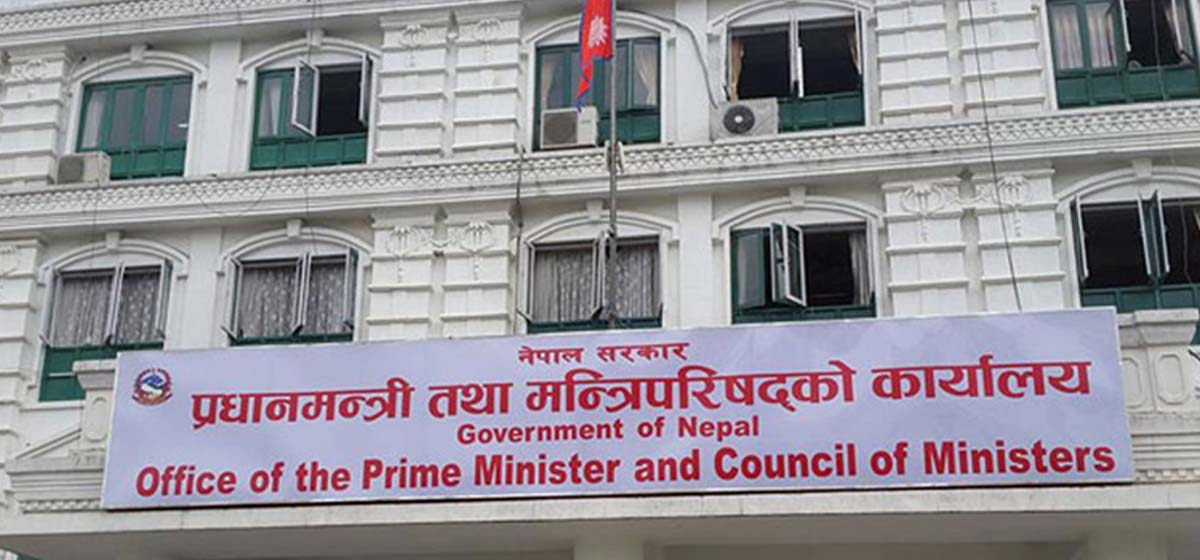

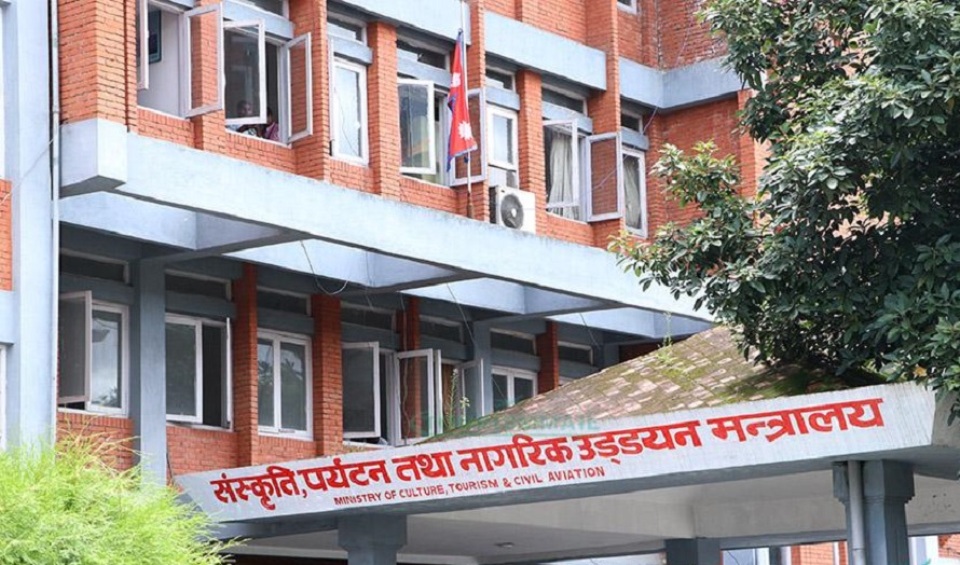



Leave A Comment